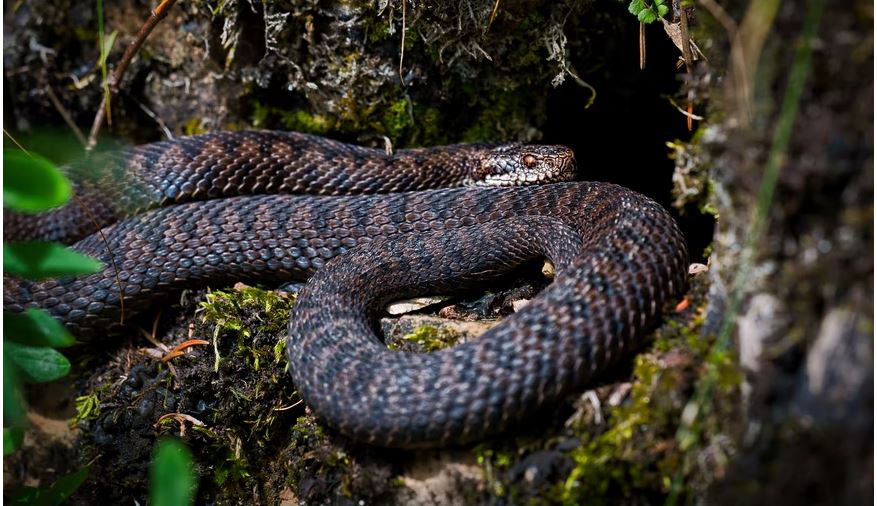Europe is a diverse continent with different climatic conditions and a wide range of habitats. Some areas experience a Mediterranean climate while others are in cold tundra climates. With this diversity, it does not come as a surprise that the continent is home to some of the exquisite animals that you can find in the world. Some of these animals are cuddly and lovable while others are utterly dangerous and you should stay away from them. It may have not crossed your mind that the European continent spans from the Mediterranean to the far east in Asia and all these climatic conditions bring us different creatures such as parasitic pests, sea predators, and large carnivorous animals, and some of them are very dangerous animals. If you are planning to visit the European continent, there is so much that you can do and see, do not forget various train tours in Europe, which can make your trip much easier and more comfortable.
Many people tend to overthink when the term dangerous animals are used,however, it does not have to be huge African elephants, what it means is something that can be dangerous to your life. The European continent has some of the unique animals that inhabit this planet. When identifying these animals, we have simplified them to feature the most common creatures that can be dangerous during your trip to the European continent. This does not negate the fact that other smaller animals can be very dangerous too. Every country has its fauna and flora and exploring them individually will give you a better understanding of the European continent. Here are some of the most dangerous animals in Europe.
Table of Contents
Jellyfish
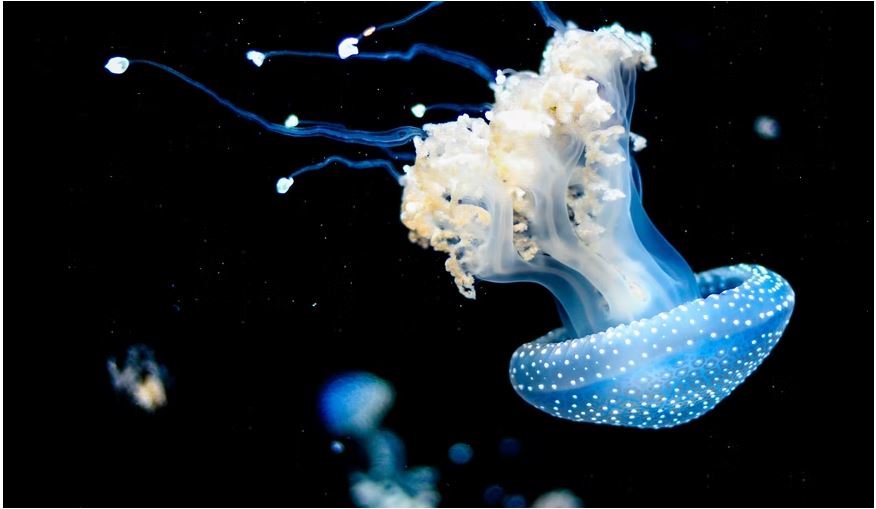
This is one of the most dangerous organisms that people often ignore. While you are taking a dip in the warm Mediterranean waters you might get a surprise sting and this might leave you wondering what it could be. However, before you know it, you are having palpitations, shortness of breath, swelling of the area affected and you might be vomiting.
The jellyfish sting is one of the most dangerous venoms. Even though the venom is known to be less dangerous when stung by one jellyfish an attack by several jellyfishes can prove fatal. If you have been attacked by jellyfish, you should visit a hospital immediately. These creatures are dangerous and they are often pale blue and when swimming in the blue waters you might mistake them for something else.
Further reading: Dangerous animals in Ireland
Sharks
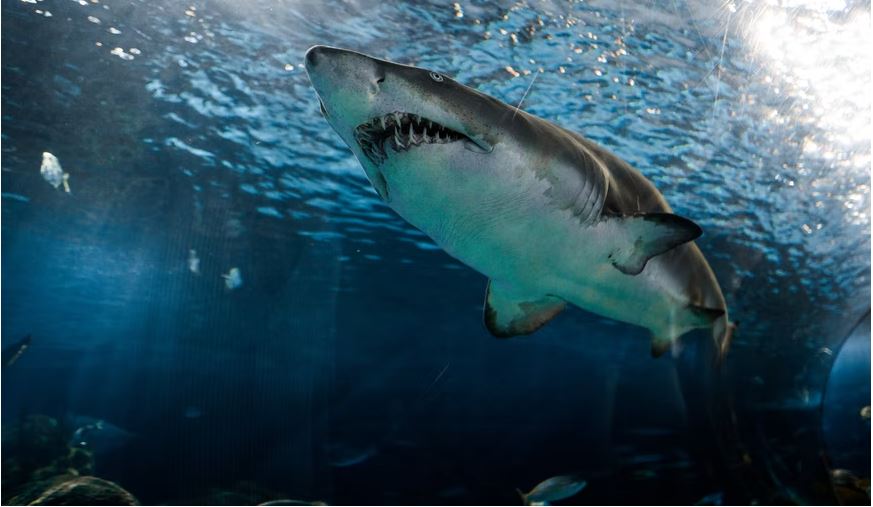
There are different shark species in Europe and depending on the location you can find hammerhead sharks, tiger sharks, and the great white shark. One of the most outstanding shark species is the great white shark. These sharks thrive in the Mediterranean Sea and around the European continent. They are ocean monsters and often grow up to twenty feet long, weighing about two tons. These are considered the dangerous sharks across the globe. These sharks are characterized by high predatory skills, and huge size and they can attack even when they are not provoked.
The attacks from the great white sharks are dangerous and, in most cases, they lead to death. There have been cases in Spain, Croatia, and Italy where these sharks have visited. Since these are tourist sights and places where people swim often the countries’ marine experts have been put on high alert. The great white sharks have razor-sharp teeth and they are excellent swimmers, with just a drop of blood in the ocean can attract hundreds of sharks. Always stay safe and swim in areas with no sharks.
Further reading: Dangerous animals in Scotland
Wild Boar
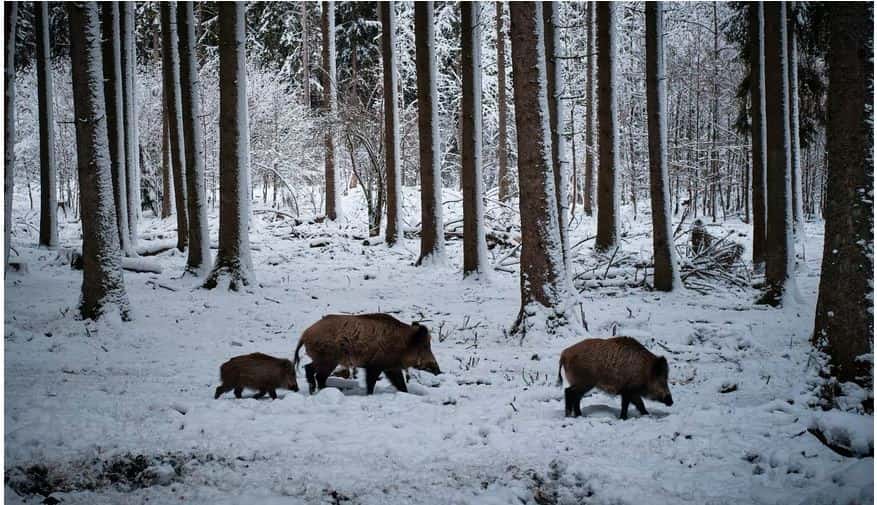
The wild boar or warthogs are generally calm creatures, however, whenever they feel cornered, they turn into some of the most dangerous animals that you have ever seen. The wild boar is found all over continental Europe and they can adapt to nearly any habitat as long as there is food. These boars usually like grasslands where they can hide from their prey and are calm creatures. However, when there is inadequate food, these creatures are known to attack.
During the rutting season, the males are very aggressive and dangerous and they can attack you at any moment. Since these animals are not confrontational then you should stay away from the areas that they are feeding or during the rutting season avoid them completely. Since some countries allow the hunting of wild boars, they often become aggressive whenever they see someone approaching them.
Further reading: Dangerous animals in Turkey
The Castor Bean Tick
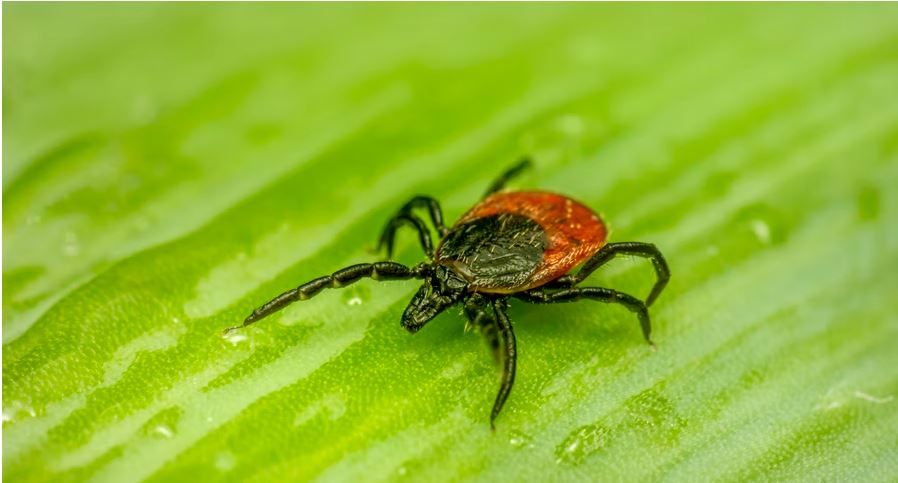
The castor bean tick is one of the dangerous animals in Europe because of its ability to transfer bacterial infection from one species to another. This tick does not have tusks, claws, fangs, or any kind of venom but it is dangerous because they are very many of them across Europe and they are spreading diseases in many countries. They can grow up to a length of 11 millimeters however these parasites can be quite difficult to spot when they are thriving in the grassland before attaching themselves to animals.
Once these ticks are full, they detach and reproduce many eggs which turn into new ticks and the circle begins. Many people are not aware that these ticks are very dangerous because they cause Lyme disease, tick-borne encephalitis, and Q-fever. You can reduce the chances of getting infections from ticks by wearing trousers and long-sleeved shirts.
Further reading: Dangerous animals in Croatia
Snakes
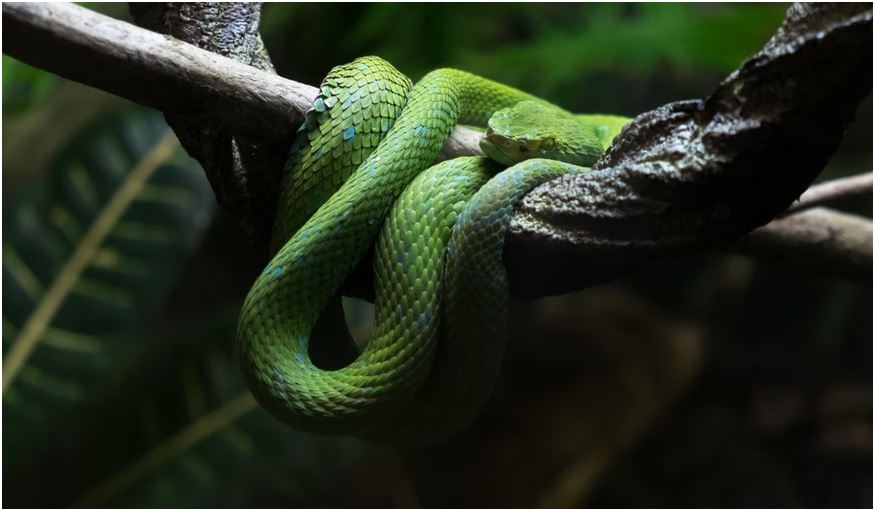
Venomous snakes usually thrive in warm climates and you will find that most snakes are in the warmer regions of the European continent. There are over 45 snake species in turkey and only two or three in Scandinavia. However, you must understand how these snakes operate before you go hiking. The most common snake in Europe is the viper and it lives both in the southern warm part and the northern cold part. These snakes can thrive in the entire European continent.
The vipers are not aggressive snakes, however, when you are exploring different areas, you must be careful because any sudden attack will lead to bites. The venom from the vipers is not lethal but it can cause severe organ malfunction and, in some cases, cardiac arrest. Another common snake that is found in the southwestern part of Europe is the European asp and it is more dangerous than the others because a single bit can deliver a deadly sting that can kill an adult person. You should always be careful when you are exploring different parts of the continent and if you are bitten by a snake, you should seek immediate medical attention.
Further reading: Dangerous animals in Portugal
Polar Bears
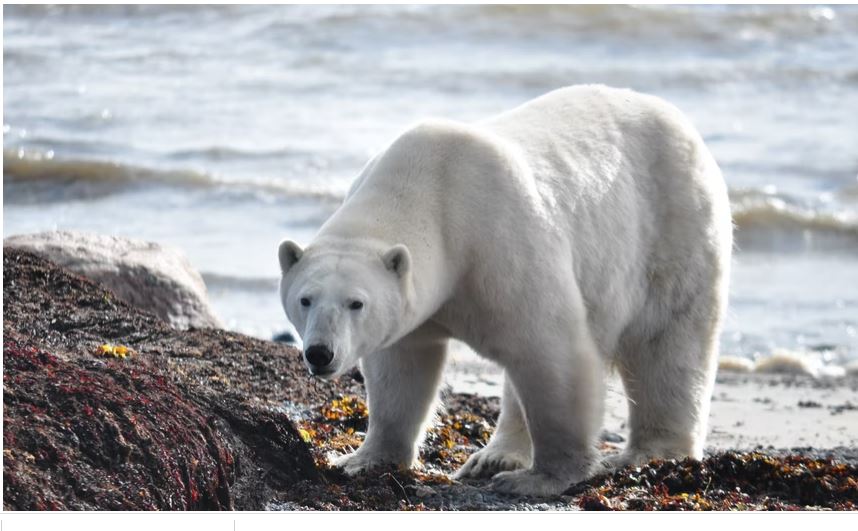
The polar bear is one of the most dangerous animals that you can find in Europe. Many people tend to visit central and southern Europe leaving the best part of northern Europe. Polar bears are popular in Scandinavian countries such as Norway and others. These creatures usually spend most of their time on the sea ice and when they come, they usually get fish and hunt for food. Polar bears are known to attack humans even with no provocation hence the need to stay away from these animals because they can cause serious damage and injuries.
The polar bears can grow up to 11 feet tall and weigh over 700 kilograms. This does not mean that they are not fit because they can run at 45 kilometers per hour so these creatures are pretty dangerous. The polar bears are very good swimmers too hence when they attack your chances of surviving are slim to none. Polar bear attacks are not common in Scandinavian countries and you should avoid them during your visit.
Spiders
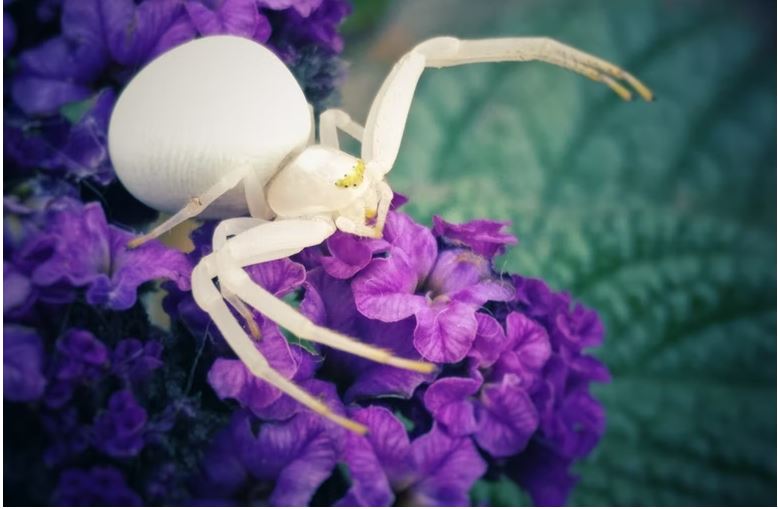
Europe is home to a wide array of venomous spiders. The most common dangerous spiders that you should look out for are the brown recluse spiders. These spiders inhabit northern Europe and they can grow up to 2 centimeters long when they sting you, you will feel like a bee sting. However, the venom has hemotoxic capabilities and it will lead to low blood pressure, breathing problems, and in some cases organ failure due to low oxygen.
In the warmer parts of the European continent, visitors should be careful about this spider because it is dangerous. If the area is left untreated it can cause deep wounds and limb amputation. You must stay safe during your trip and ensure the rooms that you are staying in do not have spiders. The Mediterranean widow is another spider that thrives in wheat fields and the grasslands it has the same effects as the recluse spider and it is mostly found in the warmer areas of Europe.
Wolves

Wolves are wild creatures living in Europe. Their numbers have been dwindling but there is an effort by various governments to ensure that this number goes up. The most common form of wolf that is found in Europe is the grey wolf. These are found across Russia, eastern Europe, Scandinavia, and the Mediterranean. The protection laws in different countries are ensuring that the wolves make a comeback. Wolves are dangerous creatures because they usually hunt in packs and during the dry season or when food is scarce, they often target livestock. When this happens wolf attack is common because many people will protect their livestock and since they attack as a group of wolves, they are likely to be bitten.
When you are attacked by wolves, you must go for a rabies shot because this will help reduce the chances of you developing rabies diseases. Wolves are weird creatures and you might not know what they have been consuming. However, it is important to note that human attacks are very few to none in the recent past because of animal protection rights.
Brown Bears
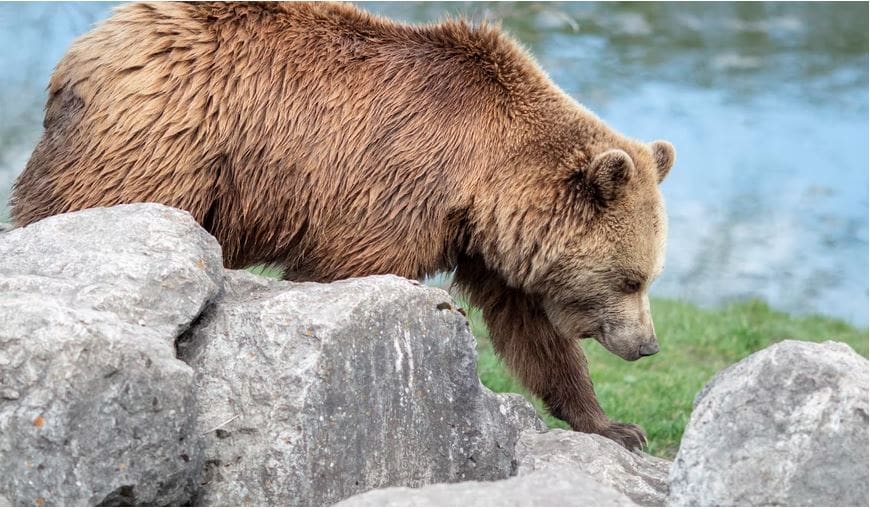
The brown bears are known to be the second-largest bears in the world. They mostly inhabit most parts of northern Europe and these creatures are very dangerous. You will find them in the mountainous region of Bulgaria, Sweden, Portugal, Romania, Greece, Spain, and Andorra among others.
This species of bear is not very aggressive when compared to its counterpart the polar bear. They are often shy when they encounter humans and they will try to avoid confrontation. However, when they feel that they are being corned these brown bears can be very dangerous and they will attack using their claws and sharp teeth. The teeth and claws can tear through muscles and flesh. The sheer size of the brown bear should give you an idea of the kinds of fights to avoid.
Portuguese Man O’ War
This is one of the creatures that people tend to assume or ignore most of the time. You might think that the Portuguese man o war is a jellyfish. However, they are very dangerous creatures that can sting within a second. They sting and leave venom on the victim and according to data the pain is tremendous that it could lead to death in some cases.
They have very long tentacles and these tentacles can go up to 160 feet from the main body. These tentacles from the Portuguese man o war have barbs and the barbs are used to deliver venom. A single sting can incapacitate fish and crustaceans. Although it may not be fatal when the venom is too much in the system it could cause severe complications.
Wolfdog
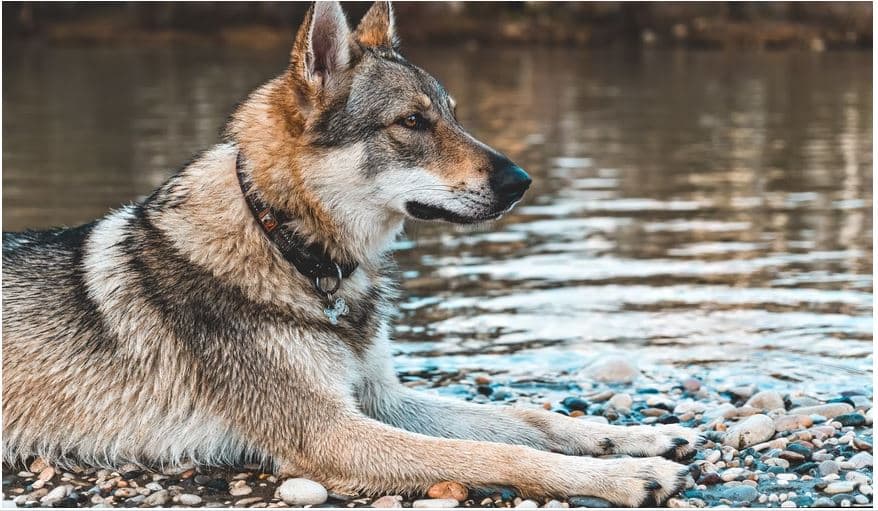
Unlike the creature described earlier, these are dangerous man-eating wolves. Wolfdogs are wandering in most European countries. According to data over 7600 people have been killed by the wolves in France and Asia, they have been more dangerous killing more people. You must check everything with utmost clarity. When you have clarity about the location you are visiting then it is easier to deal with the challenges that may arise during the trip. In the modern era, there are still challenges caused by these wolves, especially in the Baltic states and there are more wolf bites in these regions than in any other part of Europe.
Wolf attacks are far more common in Europe than many people may assume and since they can run very fast and they are excellent swimmers’ their chances of catching them is bleak.
In conclusion, Europe offers a wide array of learning and exploration opportunities and when looking for your next holiday destination you should choose a European destination and get to experience these things firsthand.

